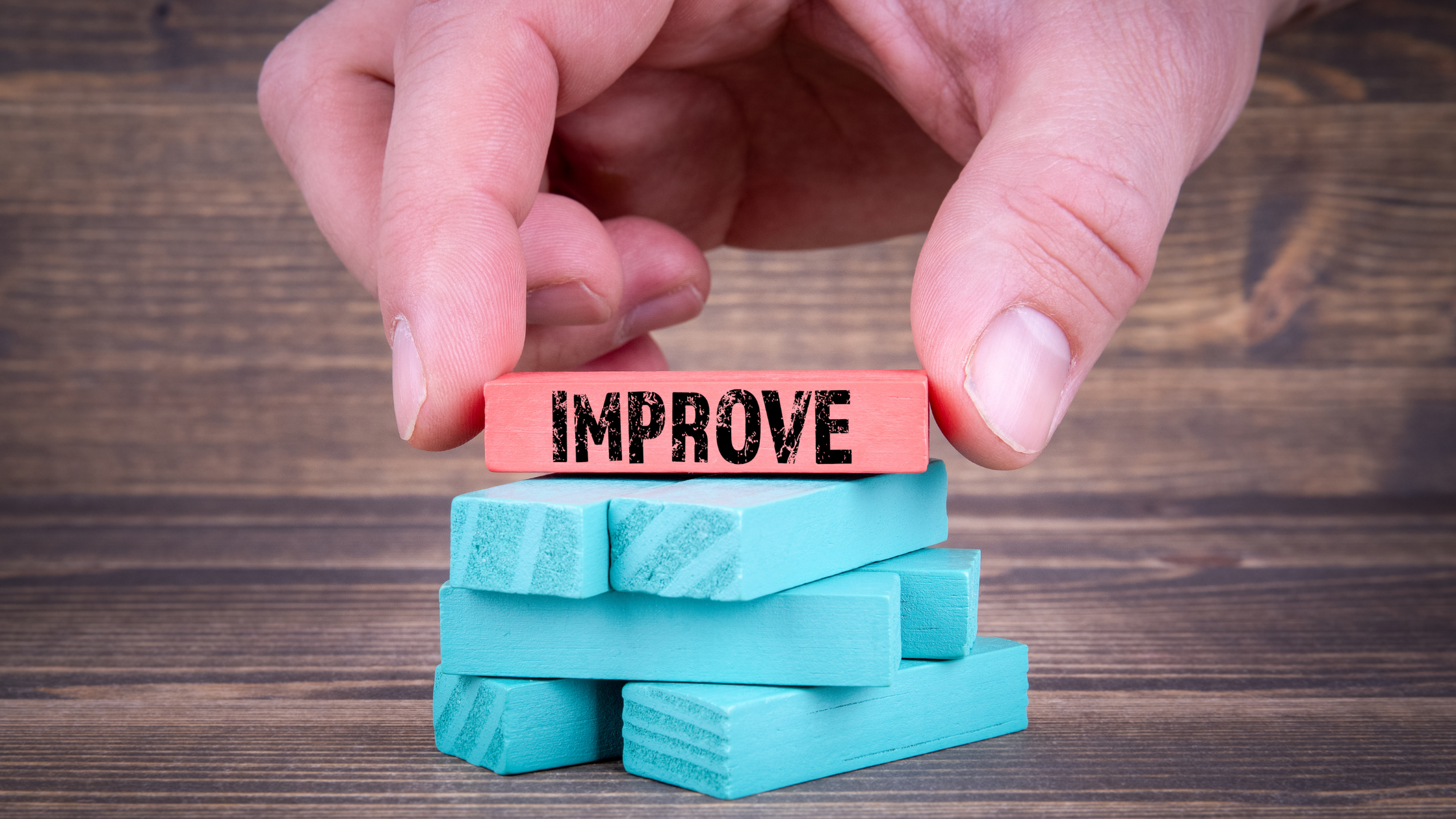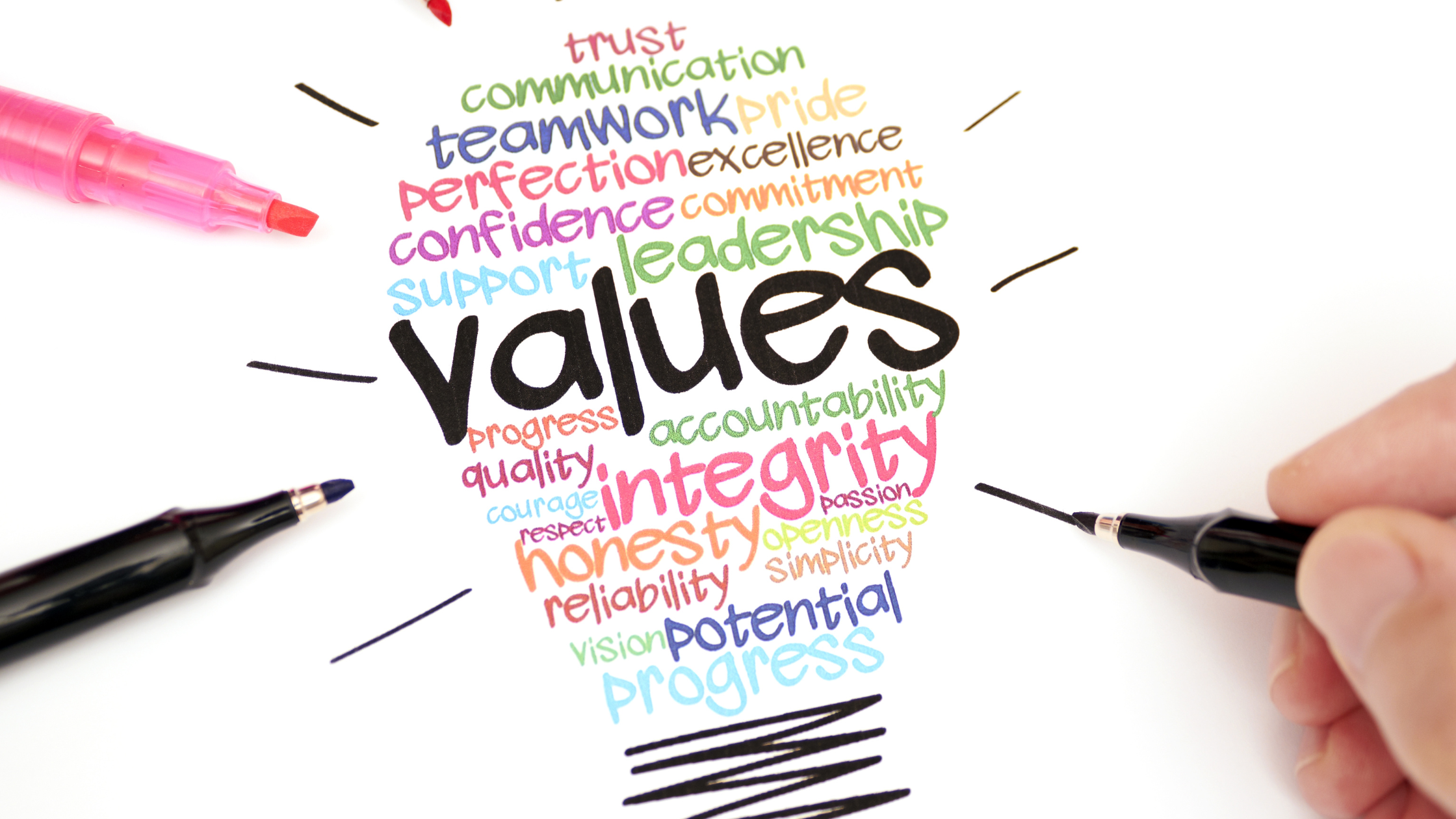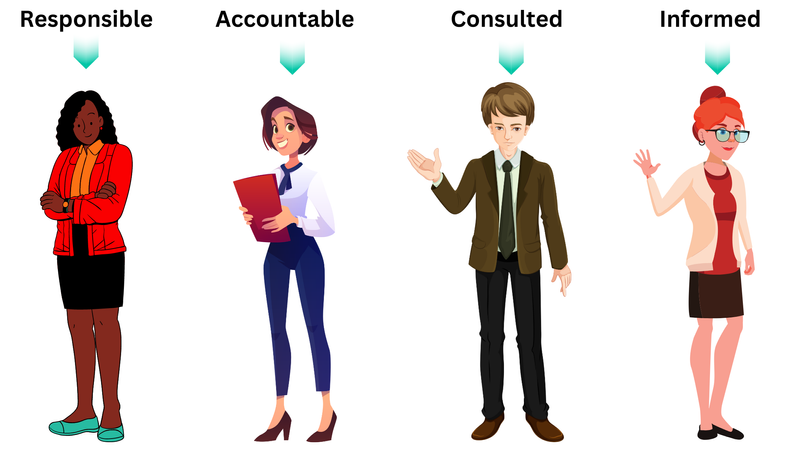What is the ITIL service value chain?
In today's highly competitive business environment, it's more important than ever to find new and innovative ways to create value for your customers. The SVS (Service Value System) offers a game-changing solution that streamlines the key activities required to deliver exceptional service and products.
At the heart of the SVS is the Service Value Chain, a comprehensive operating model that outlines the steps necessary to effectively respond to demand, create and manage products and services, and ultimately realize value.
By following the SVS Service Value Chain, you'll have a roadmap to success that will help you:
- Enhance customer satisfaction
- Improve operational efficiency
- Drive revenue growth
- Foster innovation and continuous improvement
The Service Value Chain is based on proven best practices and is designed to be flexible, adaptable, and scalable. Whether you're a small business or a large corporation, the SVS can help you achieve your service delivery goals and stay ahead of the competition.
The six value chain activities are:
- Plan
- Improve
- Engage
- Design and Transition
- Obtain/Build
- Deliver and Support.
The six value chain activities form a process for creating value in an organization. Each activity takes inputs and transforms them into outputs, with the output of one activity serving as input for the next. This creates a chain of interrelated activities that drive the creation of value.
It is important to understand and optimize each of these activities to ensure maximum value is created for the organization.

The service value chain activities convert inputs into outputs by utilizing a combination of ITIL practices, which are collections of resources used to perform certain types of work. These practices can either come from internal sources or be sourced from third parties and they may involve processes, skills, and competencies.
For instance, when there are new demands for products and services or information is needed from stakeholders, the "engage" activity might involve the use of supplier management, service desk management, relationship management, and service request management to respond effectively.
Regardless of the specific practices employed, there are some universal rules that must be followed when using the service value chain. These include:
- All interactions with external parties should be handled via the "engage" activity.
- Obtaining new resources is done through the "obtain/build" process.
- Planning at all levels is done through the "plan" activity.
- Initiating and managing improvements at all levels is done via the "improve" activity.
To address specific tasks or situations, organizations create service value streams, which are tailored combinations of activities and practices designed for specific scenarios. These value streams should be continuously improved to ensure optimal results.
For example, a value stream might be created to resolve an incident for a service user. This value stream will provide a comprehensive guide to the activities, practices, and roles involved in resolving the issue, and will be designed specifically for this purpose.
An example of a Supply Chain and its Processes and Value Streams A grocery delivery company has a supply chain that manages the entire process of grocery delivery, from receiving the order to delivering the groceries to the customer's doorstep.

The company has developed a number of processes and practices, supported by specialized resources and techniques:
- Order processing
- Inventory management
- Delivery
- Customer service
Although the basic steps are similar, different products and customers may require different work streams. For example:
- The delivery of groceries to a new customer would start with the order being processed, then proceed to inventory management to check if the groceries are available, and finally, to delivery and customer service.
- Replacing a missing item in an existing order would involve order processing, inventory management, and customer service in a different way.
- Handling a complaint about the quality of the groceries would start with customer service, followed by inventory management to check the quality of the product, and then proceed to delivery of a replacement.
These are examples of value streams, where processes and supply chain activities are combined in various ways to improve the quality of the service and increase the value for the customers and the company.
Agile Supply Chain Management For a company to be successful, it must be able to adapt to changes while maintaining its efficiency and effectiveness. This may involve changes to the products and services offered, as well as changes to its processes and practices. In today's world, where speed and agility are essential for all companies, supply chain management must also be agile.
Agile supply chain management includes:
- Continuously evolving requirements, collected through feedback analysis and direct observation
- Breaking down processes into smaller steps and iterations
- Establishing cross-functional teams based on the product or service
- Visualizing progress using tools such as Kanban boards and regularly discussing progress in team meetings
- Delivering a working solution to stakeholders at the end of each iteration.
When applied correctly, agile supply chain management enables the company to respond quickly to the changing needs of customers. However, in many companies, a fragmented approach to agility can result in a lack of benefits and increased costs. A holistic approach to the supply chain is necessary to ensure that the company is agile throughout the entire process.
In the past, the rigidity of supply chain solutions was a major obstacle to agility. However, advances in technology such as virtualization, fast broadband and mobile connections, and cloud computing have allowed companies to treat their supply chain as a service, providing agility in infrastructure changes just as software development has.
Many principles of agile development can and should be applied to supply chain operations and support. Changes and requests can be handled in small iterations by dedicated product or service-focused teams, with constant feedback and high visibility. Daily operations can be visible and prioritized alongside other tasks, and all supply chain activities should continuously provide, collect, and process feedback.
Agility is not just a feature of software development, but an important quality of the company as a whole. Agile processes require agile funding, adjusted financial and compliance controls, agile resourcing, agile contracting, and agile procurement. When adopted as a key principle, an organization can thrive in a constantly changing environment. When applied in a fragmented manner, agile methods can become a costly and ineffective complication.
In the following sections, we will explore the various components of the value chain and describe their purpose, inputs, and outputs. It's important to note that each value stream consists of a unique combination of activities and processes, so the listed inputs and outputs may not always be applicable. They are specific to a particular value stream. For instance, the outcome of the plan value chain activity, which is the 'strategic, tactical, and operational plans,' is a result of three different levels of planning: strategic, tactical, and operational.
Each level requires different resources and has a different planning cycle that is triggered by distinct events. The inputs and outputs provided are not meant to be prescriptive, and organizations should feel free to modify them as they design their value streams.
Plan

The goal of the value chain activity plan is to promote a common understanding among the organization's various departments and products/services of the vision, current situation, and desired improvement direction. This involves incorporating several key elements into the planning process.
First, the governing body provides policies, requirements, and constraints that shape the direction of the organization. Second, consolidated demands and opportunities are gathered through engagement with stakeholders. Additionally, value chain performance data, improvement reports, and improvement initiatives from the improvement department are also considered.
The design and transition department contributes knowledge about new and changed products/services, while the engage department provides information about third-party service components.
The value chain activity plan produces several key outputs, including strategic, tactical, and operational plans, portfolio decisions for design and transition, policies for design and transition, improvement opportunities for the improvement department, a product and service portfolio for engage, and contract requirements for engage.
Improve

The objective of the Value Chain Improvement Activity is to guarantee constant enhancement of products, services, and techniques across all value chain operations and the four elements of service management. The crucial elements for this value chain activity are:
- Product and service performance data, which is obtained from the delivery and support teams.
- Feedback from stakeholders, collected through engagement efforts.
- Performance data and improvement prospects from all value chain operations.
- Knowledge and information regarding new and altered products and services from the design and transition team, and obtain/build team.
- Information regarding third-party service components, gathered through engagement.
The outcome of this value chain activity include:
- Improvement initiatives for all value chain operations.
- Performance information for the value chain, which is submitted to the plan and governing body.
- Status reports on improvement progress for all value chain operations.
- Contract and agreement requirements for the engagement team.
- Service performance information for the design and transition team.
Engage

The aim of the Engage Value Chain Activity is to foster a deep understanding of stakeholder needs, promote transparency, and maintain ongoing engagement and positive relationships with all stakeholders. This activity relies on several key inputs, including:
- A product and service portfolio provided by the Plan.
- High-level demand for services and products from internal and external customers.
- Customer requirements for services and products in detail.
- Feedback from customers, incidents, and service requests from users.
- Information on completed user support tasks from Deliver and Support.
- Marketing opportunities from current and potential customers and users.
- Cooperation opportunities and feedback from partners and suppliers.
- Contractual and agreement requirements from all value chain activities.
- Knowledge of new and changed products and services from Design and Transition and Obtain/Build.
- Information on third-party service components from suppliers and partners.
- Performance information on products and services from Deliver and Support.
- Improvement initiatives and status reports from Improve.
The key outputs of this value chain activity include:
- Consolidated demands and opportunities for the Plan.
- Product and service requirements for Design and Transition.
- User support tasks for Deliver and Support.
- Improvement opportunities and stakeholders' feedback for Improve.
- Requests for change or project initiation for Obtain/Build.
- Contracts and agreements with internal and external suppliers and partners for Design and Transition and Obtain/Build.
- Knowledge and information on third-party service components for all value chain activities.
- Service performance reports for customers.
Design and Transition

The Importance of Design and Transition in the Value Chain
Design and transition play a crucial role in the value chain as they are responsible for ensuring that products and services align with stakeholder expectations in terms of quality, cost, and time-to-market.
To ensure the success of this activity, several inputs are required. These inputs include:
- Portfolio decisions provided by the planning process
- Architectures and policies established by the planning process
- Requirements for products and services provided by the engagement process
- Improvement initiatives from the improvement process
- Status reports on improvement progress from the improvement process
- Service performance information from the delivery and support process and improvement process
- Service components obtained or built by the obtain/build process
- Information about third-party service components from the engagement process
- Knowledge about new and changed products and services from the obtain/build process
- Contracts and agreements with external and internal suppliers and partners from the engagement process.
The key outputs of the design and transition activity include:
- Requirements and specifications for the obtain/build process
- Contract and agreement requirements for the engagement process
- Newly changed and developed products and services for delivery and support
- Knowledge about new and changed products and services for all value chain activities
- Performance information and improvement opportunities for the improvement process.
Obtain/Build

The goal of the "Obtain/Build Value Chain Activity" is to make sure that the necessary components for providing services are readily available and meet the agreed upon standards. The following elements serve as inputs to this activity:
- Architectures and policies from the Planning process
- Contracts and agreements with internal and external suppliers and partners from the Engagement process
- Goods and services from internal and external suppliers and partners
- Requirements and specifications from Design and Transition
- Improvement initiatives from the Improvement process
- Improvement status reports from the Improvement process
- Requests for changes or project initiation from Engagement
- Change requests from Deliver and Support
- Information about new and changed products and services from Design and Transition
- Knowledge about third-party service components from Engagement.
The outputs of this activity include:
- Service components for Deliver and Support and Design and Transition
- Information about new and changed service components for all value chain activities
- Contract and agreement requirements for Engagement
- Performance information and improvement opportunities for the Improvement process.
Deliver and Support

The Deliver and Support Value Chain activity is crucial in ensuring that all services are provided and supported according to the agreed upon specifications and stakeholders' expectations. This activity involves several key inputs and outputs to guarantee a seamless service delivery process.
Key Inputs:
- New and changed products and services from Design and Transition
- Service components from Obtain/Build
- Improvement initiatives from Improve
- Improvement status reports from Improve
- User support tasks from Engage
- Knowledge and information about new and changed service components and services from Design and Transition and Obtain/Build
- Knowledge and information about third-party service components from Engage
Key Outputs:
- Services delivered to customers and users
- Information on completed user support tasks for Engage
- Product and service performance information for Engage and Improve
- Improvement opportunities for Improve
- Contract and agreement requirements for Engage
- Change requests for Obtain/Build
- Service performance information for Design and Transition
For more in-depth information on the Service Value Chain activities, please refer to other ITIL 4 publications and supplementary materials.






